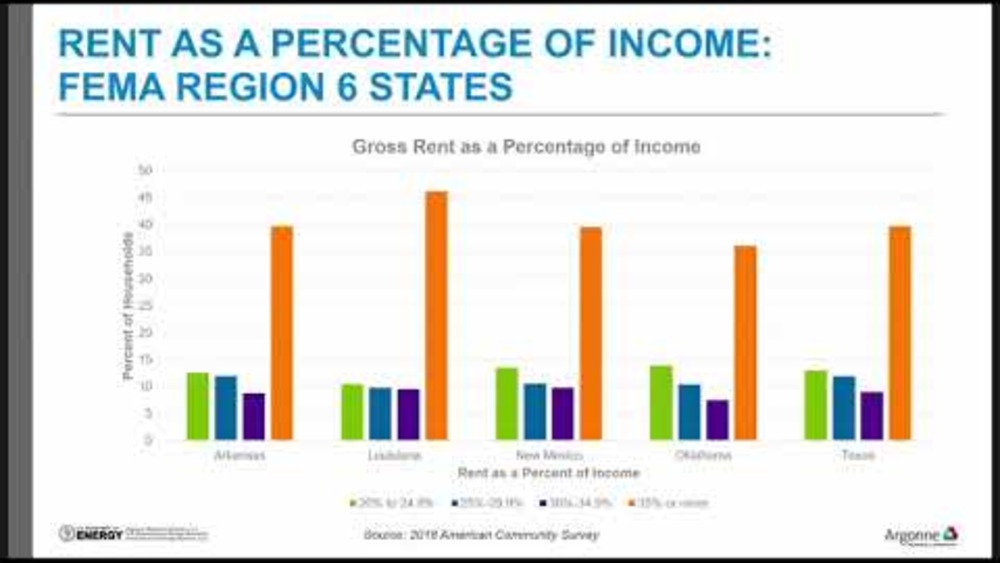In 1998, Indian housing entered a new era. HUD ended its practice of channeling funds for Washington-designed Indian housing programs to HUD-sponsored local Indian Housing Authorities (IHAs) and converted programmatic funds into block grants to tribal housing agencies, which were allowed to design and implement their own programs. The hope was that increased tribal control would greatly improve the quantity and quality of housing available in Indian Country. This paper analyzes the differential success of the IHAs and provides important information about the conditions under which the new tribal efforts will be successful. Results suggest that unless the new approach addresses core issues of tribal governance, it will be inadequate for real reform of Indian housing. IHAs that had access to capable judicial, political, bureaucratic, and socio- cultural governance mechanisms could better enforce rent payment, deter vandals, and constrain official opportunism– factors that negatively affect IHA performance. IHAs located in environments that lacked such governance institutions were less able to develop and maintain the community’s housing resources. Thus, unless tribal housing program development proceeds hand-in-hand with tribal institutional development, the promise of new, tribally controlled programs may go unfulfilled.
Additional Information
Jorgensen, Miriam. "History's Lesson for HUD and Tribes". Joint Occasional Papers on Native Affairs No. 2004-01. The Harvard Project on American Indian Economic Development, Native Nations Institute for Leadership, Management, and Policy, The University of Arizona. Tucson, Arizona. 2004. JOPNA.




